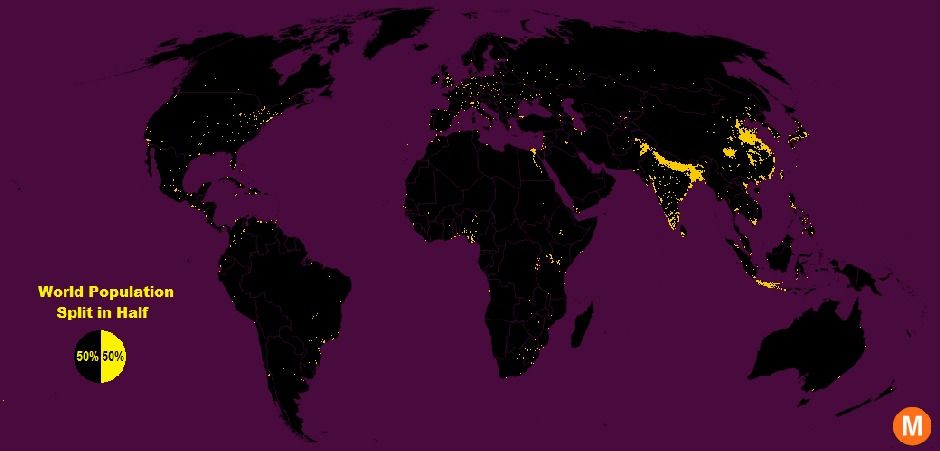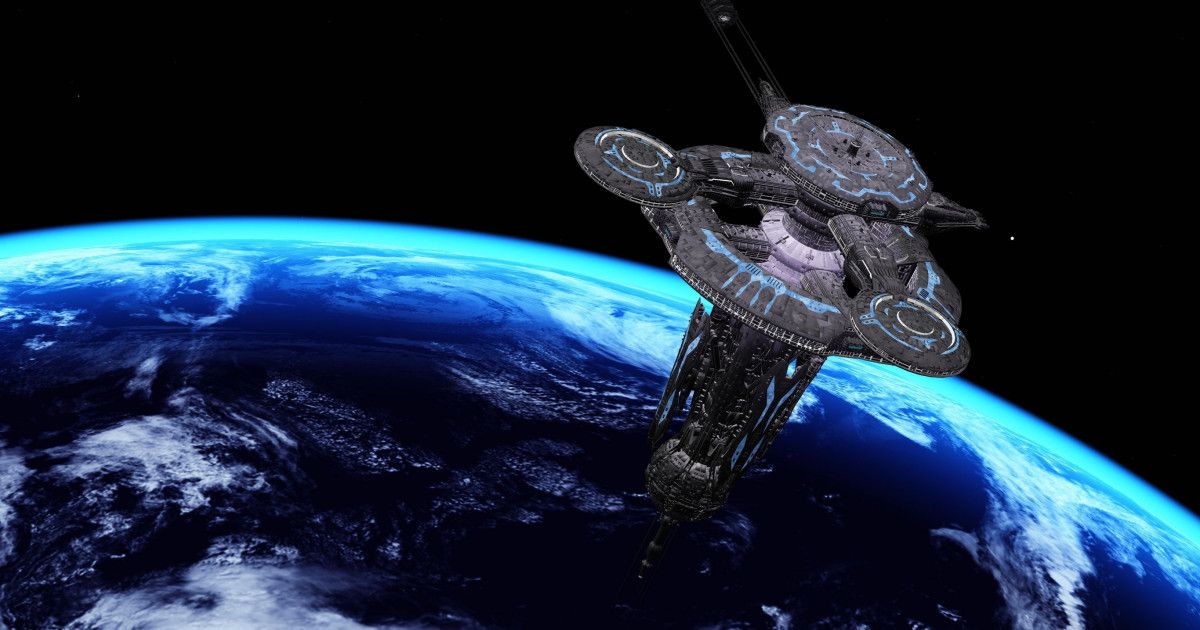The real question is what are these? Is it old debris or something else?
Vietnamese military seized three bizarre metal objects that fell from the sky for military investigation. Initial findings showed they are made from Russia and could be part of a failed satellite launch. Similar objects were also found in Turkey and Spain in November 2015.(Photo : World News Times | YouTube)
The Vietnamese military seized three metal balls that fell from the sky on Saturday. The mysterious objects landed in northern Vietnam where witnesses from the Tan Dong and Bao Dap communities heard thunder-like sounds and saw “flying objects” in the sky before the metal balls crash-landed.
The two smaller metal balls weighed 250 grams (about 0.55 pounds) and 6 kilograms (roughly 13 pounds) respectively. Both fell in the Yen Bai province where the smaller one hit a roof of a house while the bigger one landed in a garden of resident Tran Thi Loi.







